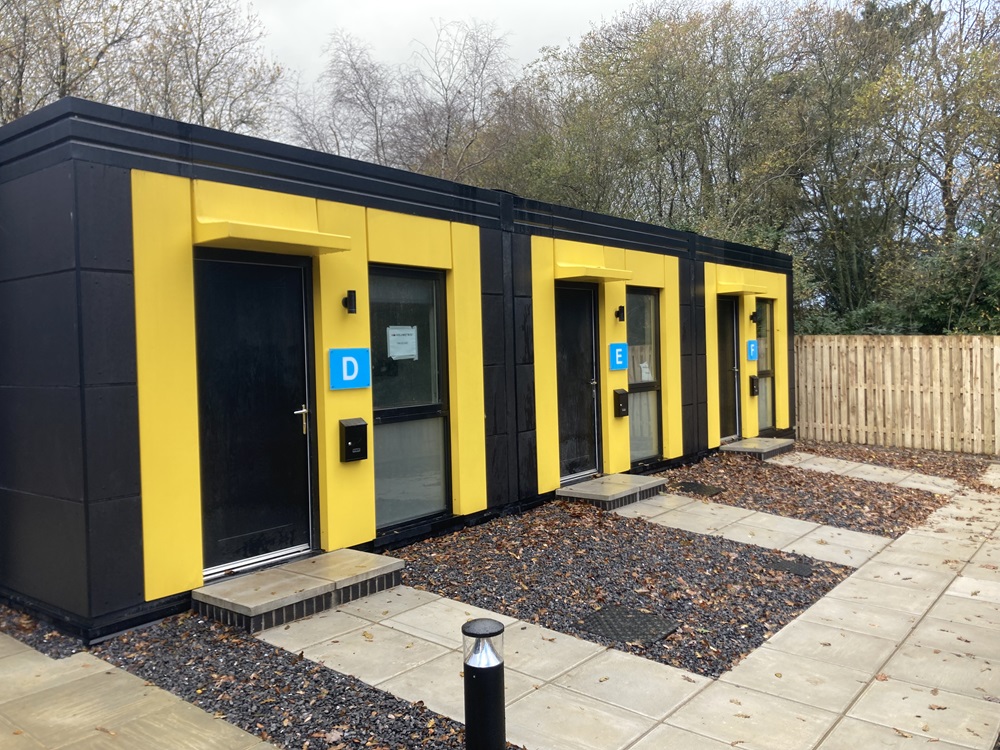
Modular Residential Homes: Modern Living Trends
Introduction to Modular Residential Homes
In today’s rapidly advancing world, the demand for innovative and cost-effective living solutions is at an all-time high. One of the increasingly popular solutions is modular residential homes. This growing trend is not only redefining how we perceive home construction but also how we think about sustainability, affordability, and modern living.

What Are Modular Residential Homes?
Modular residential homes are a form of prefabricated housing. They are constructed off-site in sections or modules. These modules are then transported to the intended location and assembled to form a complete home. This method of construction allows for a high degree of customization, efficiency, and cost control.
The Advantages of Modular Homes
1. Cost-Effective and Time Efficient
The construction of modular residential homes can be far less expensive than traditional home-building methods. By manufacturing modules in a factory setting, builders can avoid weather-related delays and reduce material waste. Additionally, because site preparation and module construction occur simultaneously, the time to build a modular home is significantly reduced. Learn more about how these homes compare in building efficiency here.
2. Environmental Benefits
These homes are often more environmentally friendly than traditional homes. By using advanced construction techniques, fewer materials get wasted, and less energy is consumed. Many modular homes also offer energy-efficient features that can significantly reduce utility bills.
Customization Opportunities
Modular residential homes can be tailored to meet a wide range of needs and preferences. Whether you desire a minimalist design or a luxurious, multi-story sanctuary, the possibilities are vast. Customization allows homeowners to create living spaces that reflect their personal style.
How Modular Homes Are Constructed
1. Design and Engineering
The process begins with detailed design work. Architects and engineers collaborate to create blueprints and technical specifications for the modules.
2. Factory Construction
The individual modules are then built in a factory setting. This controlled environment ensures high-quality standards and reduces the risk of delays caused by adverse weather conditions, which is a typical issue with traditional construction methods.
3. On-site Assembly
Once completed, the modules are transported to the predetermined site. The assembly phase involves placing modules on the foundation and joining them together to create a cohesive structure.
Modular Homes vs Traditional Homes
Compared to traditional homes, modular homes are faster to construct and more affordable. While some people still hold misconceptions about the quality of modular homes, advances in design and technology have significantly closed the gap between modular and site-built homes. Find out how these homes use resources like irrigation more efficiently than traditional homes by visiting our page on efficient irrigation systems.
Financial Considerations
Financing a modular home can differ slightly from traditional home loans. Many lenders are familiar with the modular home construction process, making it easier for potential homeowners to secure financing. Due to the various factors affecting costs, it’s crucial to plan your budget carefully and consult professionals to understand the financial implications.
Common Misconceptions
1. Quality Concerns
There is a misconception that modular homes are of lower quality. However, since they are built in a controlled environment, they often exceed the quality of site-built homes due to stricter factory efficiencies and standards.
2. Limited Design Options
Another myth is that design options are limited. On the contrary, modular residential homes offer a variety of styles, floor plans, and finishing touches.
The Future of Modular Homes
As architectural styles and housing needs evolve, the modular home industry is poised to play a key role in the future of housing. Advances in building technology and growing concerns about environmental sustainability make modular homes a viable solution for modern living challenges.
Community and Modular Homes
Modular residential homes are not only built for individual preferences but also community development projects. They offer communities a faster solution to housing shortages while ensuring high living standards. See more on how these integrate with modern systems like irrigation on our page setting up greenhouse systems effectively.
Modular Homes on the Market
The market for modular residential homes continues to expand rapidly. It’s no longer just about affordability and functionality; now, luxury modular homes are becoming more common, offering everything from advanced home automation systems to high-end finishes.
Conclusion: Embracing Modular Living
With numerous benefitsranging from cost and environmental considerations to design flexibilitymodular residential homes are indeed paving the way for future housing trends. As more people and communities explore this efficient form of housing, it’s likely that modular homes will become a cornerstone in tackling housing challenges across the globe.

FAQ Section
Are modular homes durable?
Yes, modular homes are often more durable than site-built homes due to their method of construction.
Can I get a mortgage for a modular home?
Absolutely. Most financial institutions offer mortgages similar to those available for traditional homes.
How long does it take to build a modular home?
The construction of a modular home can be completed in a few weeks once site preparations are finished, making it a much faster option compared to traditional building methods.
This article contains affiliate links. We may earn a commission at no extra cost to you.